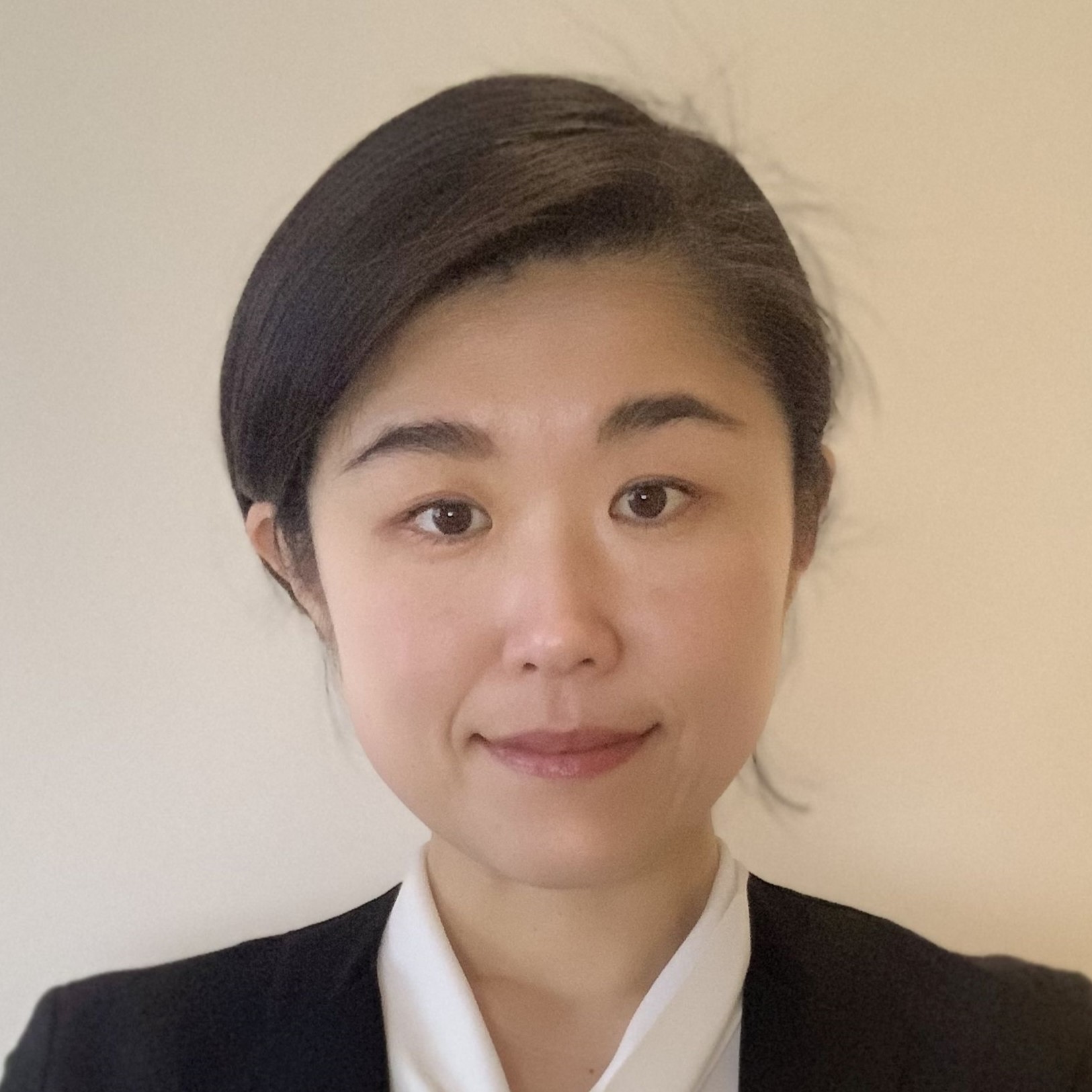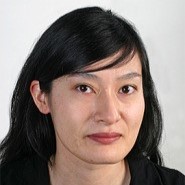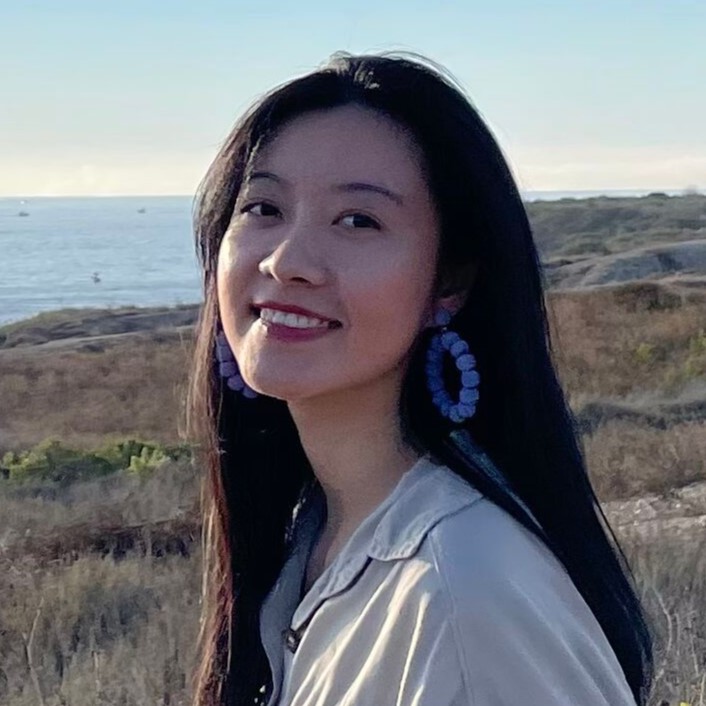 |
Re/Production: The Technical Transformation of Printmaking and Fukusei Facsimile Reproduction in the Meiji Period
Abstract
Woodblock printing remained the standard technology in Japan well into the modern era; however, the industry experienced a significant decline in the early 1880s. In this paper, I will examine the transformation of publishing practices from the premodern to the modern era, with a particular focus on the critical transition during the Meiji period. This period witnessed traditional publishers grappling with the need to adapt to the rapidly evolving cultural and technological landscape.
The focus of this paper is the rise of fukusei, or facsimile reproduction, as a significant practice in this period. Notably, the decline of traditional woodblock printing coincided with a growing demand from overseas markets. Publishers responded by producing fukusei for international consumers, sometimes even on Western paper, indicating a strategic adaptation to global demands.
Contrary to the common perception of fukusei as mere forgeries, this paper argues that their creation was as much about preservation as deception. This nuanced approach highlights the intricate interplay between market demands and the conservation of traditional printmaking techniques. The paper will delve into how the international market influenced the Japanese publishing industry, the innovative strategies adopted by publishers and dealers in the Meiji period, and the broader implications for the preservation of traditional woodblock printing into the 20th century.
Biography
Matsuba Ryoko is a specialist on Edo period print culture. She is currently Lecturer in Japanese Digital Arts and Humanities at the Sainsbury Institute for the Study of Japanese Arts and Cultures, University of East Anglia. She received her PhD from Ritsumeikan University (2008). She was a curatorial member on two major exhibitions at the British Museum: Hokusai Beyond the Great Wave (2017); and the Citi Exhibition Manga (2019), where she co-authored the exhibition catalogue. She has been coordinating a joint project between the Art Research Center, Ritsumeikan University and the Sainsbury Institute to create a comprehensive digital archive of the collections of Japanese paintings, prints, illustrated books and decorative arts in the UK.
|
 |
Wakashu: The Ambiguous Youth
Abstract
Early modern Japan was not a heteronormative society and sexual relations between males were widely recognized and in most contexts celebrated. However, there were rules: proper nanshoku (“male colors”) relationships involved a nenja, or older male lover, and a wakashu, or pre-adult male youth.
Wakashu can be understood as a kind of third gender, as they can do something no other gender (man or woman) can, assuming the passive role when with an adult man, but the active role when with any kind of female. Moreover, wakashu often dressed in fashions closer to that of unmarried girls, with long, swinging sleeves and bright colors. Nonetheless, when one knows what to look for, one can generally tell wakashu and young women apart.
However, due to the interstitial position of wakashu, when we see them depicted in social situations in Japanese woodblock prints, their roles are often ambiguous: are they lovers, customers, servants, or sex worker? This talk will examine some of the prints in the show featuring wakashu and try to discover their function.
Biography
Joshua Mostow is a Professor in the Dept. of Asian Studies at the University of British Columbia, Vancouver, Canada. He is the co-editor of Gender and Power in the Japanese Visual Field (University of Hawai’i Press, 2003) and co-author, with Asato Ikeda, of A Third Gender: Beautiful Youths in Japanese Edo-Period Prints and Paintings (1600-1868) (Royal Ontario Museum, 2016), among numerous other publications.
|
 |
Crossing Paradigms: Orientalism, Commercialism, and Nationalistic Ideologies in Meiji Souvenir Photography
Abstract
Japanese souvenir photography emerged from the thriving tourist industry in the major port cities by the early 1860s, catering to non-Japanese customers such as expats and, from the early 1870s onwards, globetrotters. Above all, female imagery featuring Japanese women is one of the major thematic subjects of Japanese souvenir photography of the Meiji period (1868–1922) and was the most prominent category in terms of numbers.
The photographs of Japanese women as visual souvenirs from Meiji Japan were created by local studios, yet their shifting profile around the 1880s—from non-Japanese to Japanese-run ones—gave a decisive impetus for the conversions of the industry in manifold ways, including visual language, the class structure of female photography models, and the semantic significance these transformations entailed.
With a special focus on the female imagery from the port city of Yokohama, this paper situates Japanese souvenir photography as the site of changing discourses, reflecting the socio-cultural transitions of the image industry and its circumstances. In so doing, it deconstructs the narrative of Meiji souvenir photography as a monolithic Orientalist image product from Japan. Instead, it explores the intersections between the local and the global embedded within the photographic imagery and demonstrates the complex semantic structure of the female images.
Biography
Mio Wakita is head of the Asian Collection at MAK – Museum of Applied Arts in Vienna, Austria. She specializes in the histories of early Japanese photography and Meiji visual and material cultures. Her publications include Staging Desires: Japanese Femininity in Kusakabe Kimbei’s Nineteenth-Century Souvenir Photography (Berlin 2013), “Site of ‘Disconnectedness’: The Port City of Yokohama, Souvenir Photography, and its Audience,” Transcultural Studies 2013/2 (2013), and The 1873 Vienna World’s Fair Revisited: Egypt and Japan as Europe’s “Orient“ (Vienna 2024). She has curated Japan-related exhibitions at the MAK in Vienna, including “Kuniyoshi+: Design and Entertainment in Japanese Woodblock Prints” (2019), “Falten/Folds”, and “The 1873 Vienna World’s Fair Revisited: Egypt and Japan as Europe’s “Orient” (both in 2023).
|
 |
War Pictures
Abstract
The Sino-Japanese War of 1894/95 and Russo-Japanese War of 1904/5 were Japan’s earliest modern wars, with a new quality of visual representation characterizing the war coverage. The images were mass-produced and addressed to a domestic and foreign audience. Japanese artists depicted technological progress, battle victories and civilizational superiority in various ways: close-ups of battle scenes and military heroes, arsenals of weapons and ships, diplomatic negotiations, humanitarian interventions, and the conquest of foreign nature. The subjects, which insinuated accurate reporting, were taken from existing iconography of colonial wars and consistent with Japan’s modernizing and expansionist ambitions.
Biography
Judith Vitale, Ph.D. (2007) is a lecturer in history at the University of Zurich. She is co-editor of Drugs and the Politics of Consumption in Japan (Brill, 2023) and the author of The Historical Writing of the Mongol Invasions in Japan (Harvard University Asia Center, 2024). Recent research interests include the exchange of plants between Japan and the world in the early modern and modern periods.
|
|

|
Scenic Beauties: Women in Cheongsam during the Second Sino-Japanese War
Abstract
Recent scholarship breaks down the 1945 divide between wartime and peacetime in studying the role of tourism in modern Japan and indicates how Japanese propagandistic tourism media and Anglophone travelogues represent the journey to China during the Second Sino-Japanese War as a “pacifist” image. This paper looks into modern Chinese artist and photographer Lang Jingshan’s multilingual photographically illustrated catalogue Exhibition of Pictorial Photography (1939) and examines why Lang, too, frames his wartime travel and China’s warscape in an aesthetic way with no indication of military violence.
I further bring together intertwined themes of wartime tourism, exhibition, consumption culture, and gender by focusing on the representation of women in Lang’s exhibition catalogue. I analyze how Lang portrays the woman wearing cheongsam, which had changed from a quintessential imagery of “modern girl” in prewar China into a transnational motif, to engage cosmopolitan reader-spectators in wartime Shanghai.
I critique that, in Lang’s interlinked exhibition and publication, the woman in cheongsam is torn between being a landscape and a thing while her personhood remains unrecognized. My case study echoes Anne Anlin Cheng’s question: what does it mean to survive as someone “so aestheticized that she invites injury?”
Biography
Lulu Xinyue Yuan is a PhD Candidate in Visual Studies at the University of California, Irvine. Her dissertation, “Encounter the World at War: Aesthetics, Media, and Modern Chinese Artists’ Wartime Books, 1938-1945” has received support from the Metropolitan Center for Far Eastern Art Studies and the Chiang Ching-kuo Foundation. Her forthcoming article on atrocity photography during the Second Sino-Japanese War will be published in Trans Asia Photography. She guest-curated the exhibition “Natural Language: Contemporary Book Art” at the Great Park Gallery in Irvine, California.
|